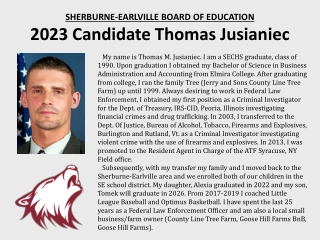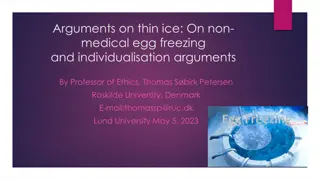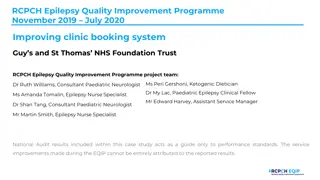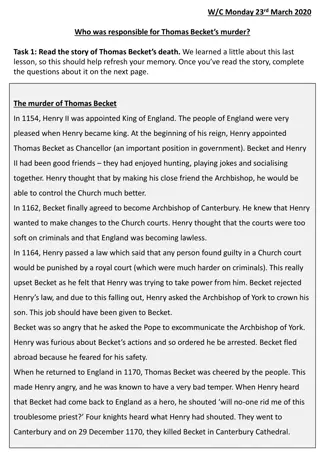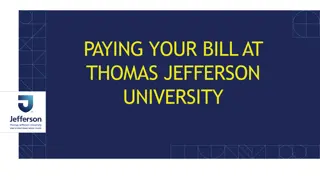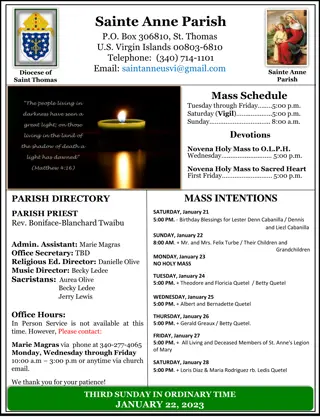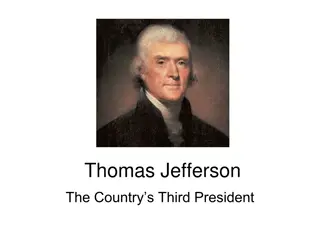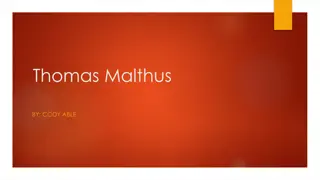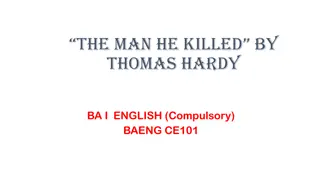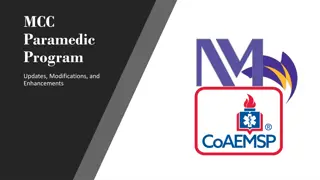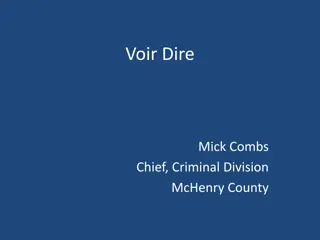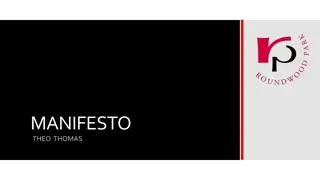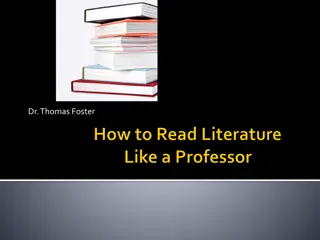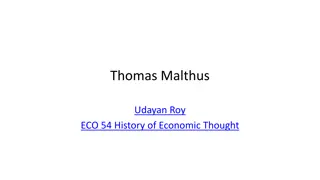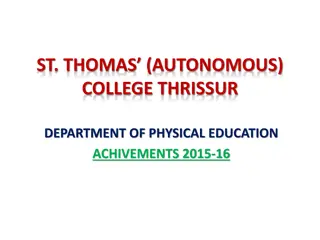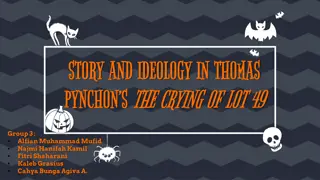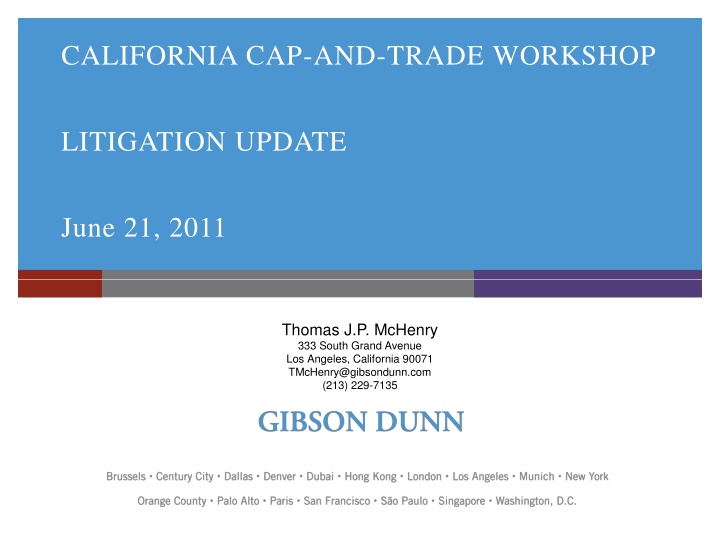
California Cap-and-Trade Workshop Litigation Update June 21, 2011
Stay informed of the latest legal developments surrounding the California Cap-and-Trade Workshop as of June 21, 2011. Explore updates on American Electric Power v. Connecticut case, insights on the Clean Air Act and EPA authority, and ongoing legal challenges to ARB's cap-and-trade program. Delve into the background of the AB32 Cap-and-Trade Program, procedural details of AIR v. ARB case, and potential impacts on greenhouse gas reduction efforts. Stay updated on court decisions, appeal filings, and environmental impact analyses relevant to these crucial environmental law matters.
Download Presentation

Please find below an Image/Link to download the presentation.
The content on the website is provided AS IS for your information and personal use only. It may not be sold, licensed, or shared on other websites without obtaining consent from the author. If you encounter any issues during the download, it is possible that the publisher has removed the file from their server.
You are allowed to download the files provided on this website for personal or commercial use, subject to the condition that they are used lawfully. All files are the property of their respective owners.
The content on the website is provided AS IS for your information and personal use only. It may not be sold, licensed, or shared on other websites without obtaining consent from the author.
E N D
Presentation Transcript
CALIFORNIA CAP-AND-TRADE WORKSHOP LITIGATION UPDATE June 21, 2011 Thomas J.P. McHenry 333 South Grand Avenue Los Angeles, California 90071 TMcHenry@gibsondunn.com (213) 229-7135
<Presentation Title/Client Name> American Electric Power v. Connecticut Decided June 20, 2011 (Case No. 10-174) Clean Air Act and EPA authority displace federal common law nuisance claims (Massachusetts v. EPA) Reversed 2d Circuit decision from 2009 in favor of states and land trusts 8-0 decision, with Sotomayor recusing herself The act itself thus provides a means to seek limits on emissions of carbon dioxide from domestic power plants the same relief the plaintiffs seek by invoking federal common law. We see no room for a parallel track. Justice Ginsburg in her 21-page opinion Leaves open question of whether claims may be brought under state law (Kivalina, AK case pending in 9th Circuit) 2
<Presentation Title/Client Name> Introduction and Overview Ongoing legal challenge to ARB s cap-and-trade program AIR v. ARB What the Plaintiffs wanted, how the ARB responded and what the Court said Potential impacts on implementation schedule and viability of program Moving target appeal court briefing due yesterday (June 20) Is it a bump in road or a roadblock? 3
<Presentation Title/Client Name> Background on AB32 Cap-and-Trade Program California cap-and-trade program approved by ARB in October 2010, finalized in December 2010 Cap-and-trade provides 20% of greenhouse gas reduction needed to reach 1990 levels by 2020 1st statewide cap-and-trade program in U.S. Framework for linking with Western Climate Initiative 4
<Presentation Title/Client Name> AIR v. ARB Procedural Background Association of Irritated Residents (AIR) v. Air Resources Board (ARB) San Francisco Superior Court (Judge Goldsmith) (CPF-09-509562) June 10, 2009 Petition filed January 24, 2011 Original decision May 18, 2011 Statement of Decision June 1, 2011 Appeal filed by ARB June 3, 2011 Enforcement stayed by California Court of Appeal June 13, 2011 ARB posted Supplement to Scoping Plan with revised environmental impact analysis June 20, 2011 Briefing due on effect of stay August 24, 2011 ARB Board Meeting to approve Supplement 5
<Presentation Title/Client Name> Plaintiffs in AIR v. ARB Plaintiffs are environmental justice advocates: Center on Race, Poverty and Environment (CRPE) Communities for a Better Environment (CBE) Main concern is that cap-and-trade program will have significant negative health and environmental impacts on disadvantaged communities CRPE and CBE challenged numerous regulatory provisions of the cap-and- trade program Also challenged the Functional Equivalency Document (FED) under CEQA for failure to adequately analyze alternatives 6
<Presentation Title/Client Name> AIR Position What They Are Saying Overall -- Scoping Plan a post hoc rationalization for already chosen policy approaches Cap-and-trade is a type of pollution trading that threatens to replace policies [command and control] requiring all polluters clean up. CBE Press Release, January 24, 2011 It allows some polluters typically the oldest facilities located in low income communities of color to continue or increase their pollutant emissions while other polluters further decrease emissions. Id. Cap-and-trade has the worst impact on health in low income communities and communities of color CBE Press Release, May 20, 2011 We wanted the good parts of AB 32 to proceed and the court to only enjoin the cap-and-trade component, and that s exactly what the court did. CRPE Attorney, New York Times, May 23, 2011 7
<Presentation Title/Client Name> ARB Position Cap-and-trade regulatory program being developed consistent with statute (AB 32) and CEQA Need to move ahead aggressively with timetable to meet ambitious GHG emission reduction goals By January 1, 2012, ARB calendar states: All greenhouse gas rules take effect 8
<Presentation Title/Client Name> Standard of Review In reviewing the AB 32 regulatory program: ARB s duty to develop the Scoping Plan is quasi-legislative Reviewed under an arbitrary and capricious standard [A]ffording the agency wide latitude in statutory interpretation In reviewing CEQA compliance: Administrative record reviewed to determine whether agency abused its discretion Shown by determination that agency s determination: (1) not supported by substantial evidence or (2) agency has not proceeded in a manner required by law 9
<Presentation Title/Client Name> What AIR Court Did Not Do AIR Court did not do any of the following: Allow a challenge to the fundamental legitimacy of ARB s Scoping Plan Prohibit use of a statewide emission limit as target Prevent use of the Cost of a Bundle of Strategies approach to determine cost-effectiveness Disallow exclusion of agricultural sector Invalidate regulation of the industrial sector through cap-and-trade 10
<Presentation Title/Client Name> Overall Approval of ARB Regulatory Approach Control Measures ARB has substantial discretion and flexibility to determine the mix of measures needed to facilitate the achievement of GHG reductions Comparison to Direct Regulation AB 32 does not require that ARB must demonstrate that cap-and-trade will result in same reductions as direct regulation Choice of Cap-and Trade ARB may choose cap-and-trade as the primary methodology Public Health While there may be flaws in the analyses, Petitioners fall short of demonstrating that ARB was arbitrary and capricious Other GHG Reduction Programs Determination of relevance may be overbroad, but sufficient evidence that ARB met its responsibilities 11
<Presentation Title/Client Name> CEQA Review LCFS Scoping Plan properly describes the environmental consequences of the LCFS program but defers site-specific impacts to LCFS rulemaking Localized Impacts (Hot Spots) Scoping Plan properly deferred consideration of localized and site-specific impacts of cap-and-trade to rulemaking stage 12
<Presentation Title/Client Name> Outstanding CEQA Issue Alternatives Analysis Little or no facts or data to support conclusion that alternatives would have similar impacts to Scoping Plan Must provide some indication based on factual analysis of why it chose Scoping Plan over alternatives ARB seeks to create a fait accompli by premature establishment of a cap-and-trade program before alternative can be exposed to public comment 13
<Presentation Title/Client Name> ARB CEQA Response Issued revised environmental impact analysis on June 13 supplement to the AB 32 Scoping Plan Functional Equivalent Document Four options: no project, carbon feel tax, direct source-specific regulation and combined strategy Concern about shifting GHG emissions to other states 14
<Presentation Title/Client Name> ARB Workshops Announced workshops on key cap-and-trade program policies Offset protocols Compliance Electricity Allocation Program management 15
<Presentation Title/Client Name> Lessons Learned/Questions Remaining Easier to sue under CEQA ARB regulatory program upheld in first court challenge ARB eager to move program ahead impact on rulemaking schedule Much for ARB to do before January 2012 will carbon trading begin then? ARB is clueless and uninterested in doing anything other than full-steam ahead and seems to think Arnold is still governor. The sun will come up tomorrow. There will be a cap-and-trade program. We will be trading in 2010. 16
<Presentation Title/Client Name> Timing ARB Implementation Timeline September 27, 2006 AB 32 signed by Governor January 25, 2007 ARB creates Environmental Justice and Economic and Technology Advancement Advisory Committees June 21, 2007 ARB adopts first list of early action measures October 25, 2007 ARB adopts augmented list of early action measures December 6, 2007 ARB adopts Mandatory Reporting regulations for greenhouse gases and sets Target for 2020 greenhouse gas emissions December 2007 December 12, 2008 ARB adopts 1st discrete early action measure ARB approves AB 32 Climate Change Scoping Plan 17
<Presentation Title/Client Name> Implementation Timeline (continued) ARB adopts Low Carbon Fuel Standard ARB and Cal/EPA create the Economic and Allocation Advisory Committee to advise on Cap-and-Trade Program April 23, 2009 May 22, 2009 June 25, 2009 2009 - 2010 ARB adopts last discrete early action measure ARB and other agencies develop and adopt greenhouse gas rules and programs Early action measures take effect ARB public hearing on Cap-and-Trade regulation All greenhouse gas rules take effect http://www.arb.ca.gov/climatechange January 1, 2010 November 2010 January 1, 2012 18
<Presentation Title/Client Name> Thomas McHenry Contact: Tom is a partner in Gibson Dunn s Los Angeles office and a member of the firm's Environment and Natural Resources practice. He practices general environmental law with an emphasis on air quality, hazardous waste, environmental diligence, land use and energy issues. Tom has broad experience with air quality compliance and permitting. He has advised companies on new source review, emission reduction credits and rulemaking issues and has handled enforcement and compliance issues before all the major air districts in California and the California Air Resources Board. 333 South Grand Avenue Los Angeles, CA 90071-3197 Tel: 213.229.7135 tmchenry@gibsondunn.com 19

